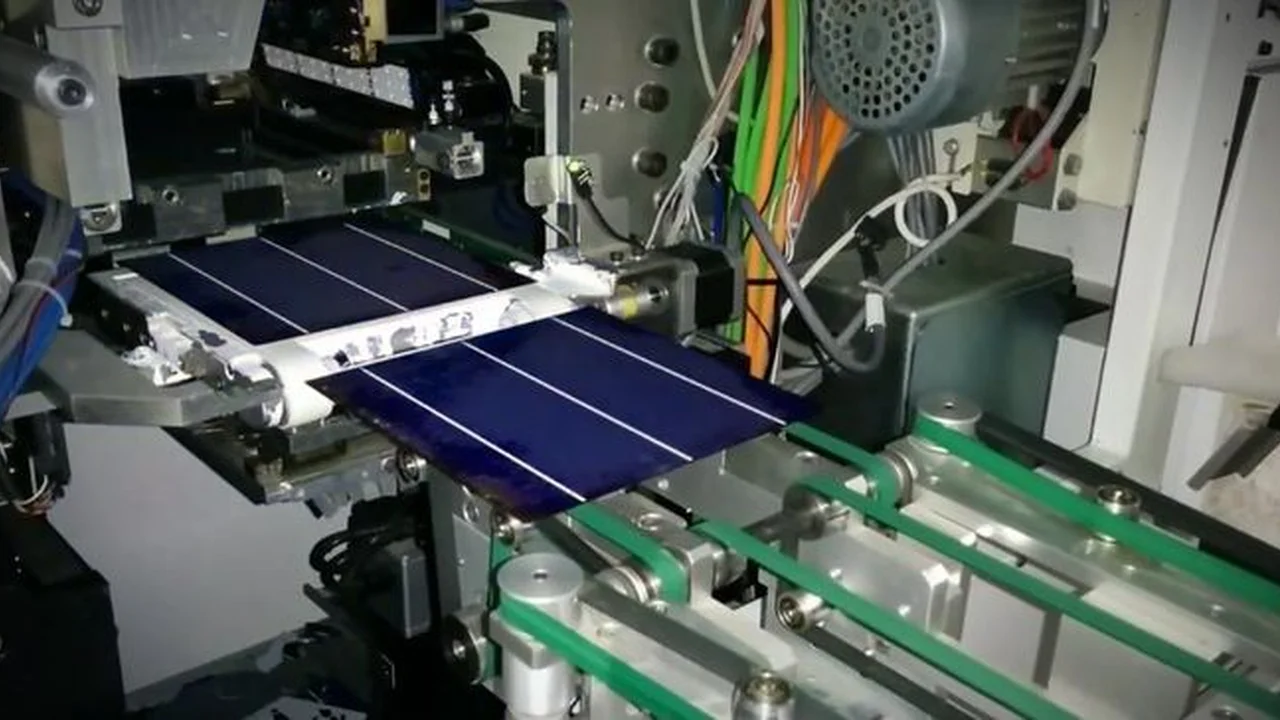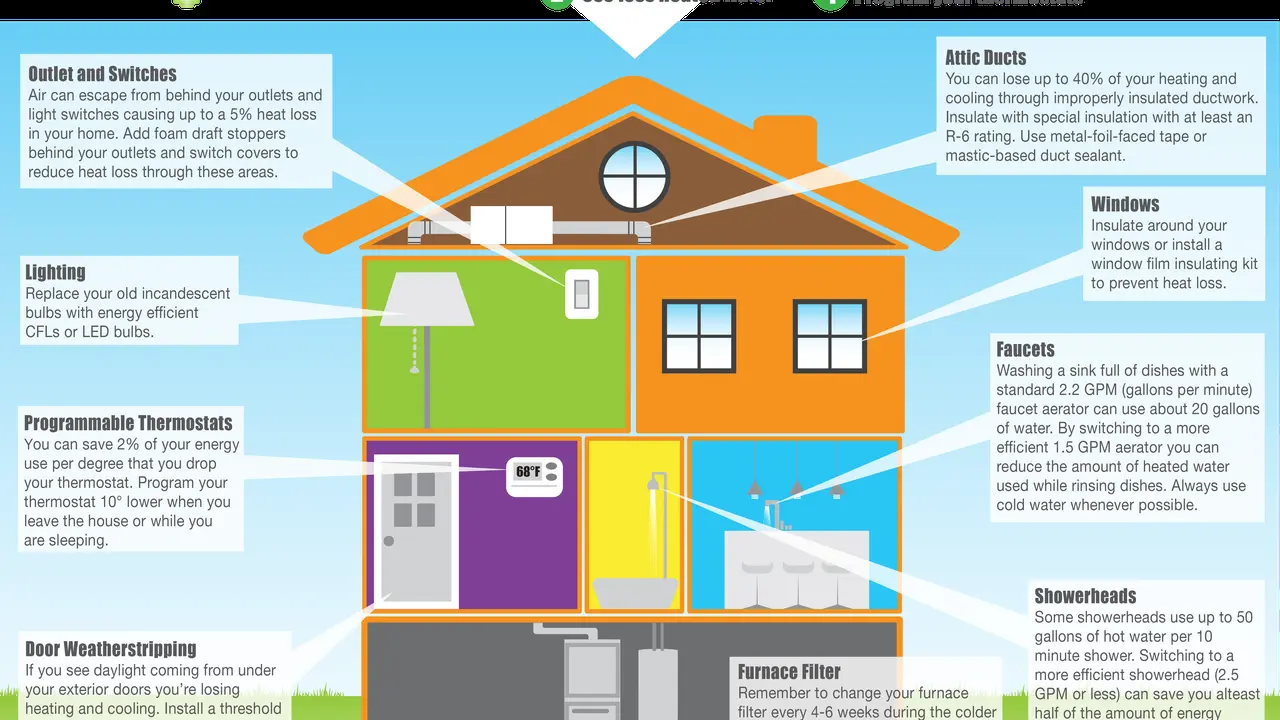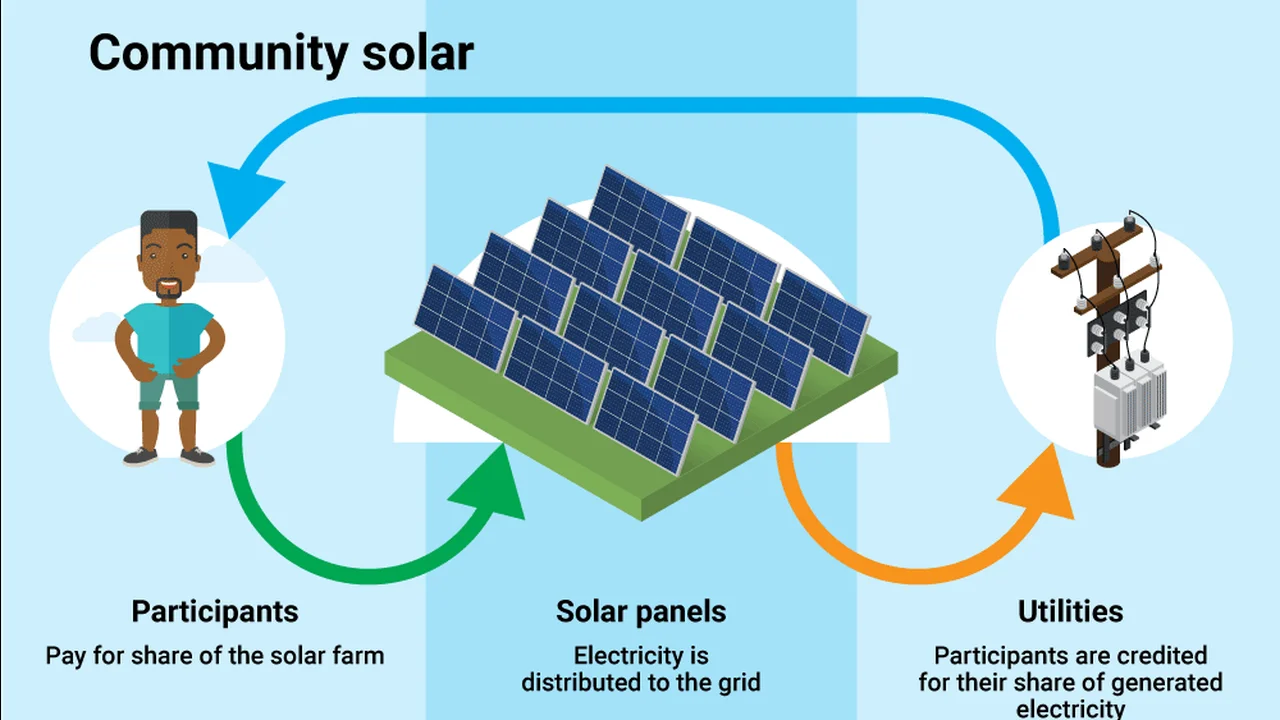Solar Panel and 3D Printing: Customizing Solutions

Understanding the Synergies Solar Panel Technology and 3D Printing
Okay, so you're thinking about solar panels and 3D printing? Cool! It’s not just some futuristic pipe dream anymore. The combination of solar panel technology and 3D printing is becoming increasingly viable for creating customized energy solutions. Think about it: traditional manufacturing can be clunky and expensive, especially when you need something specific. But 3D printing? That opens up a whole new world of possibilities for tailoring solar panels to unique needs and environments.
We're talking about creating solar panels that fit curved surfaces, integrating them seamlessly into building materials, and even developing panels with specialized spectral absorption for different climates. Forget cookie-cutter solutions; we're entering an era of bespoke solar energy!
The Benefits of 3D Printed Solar Panels Customization Efficiency and Cost
Why should you care about 3D printing solar panels? Well, let's break it down. First off, customization is king. Imagine designing solar panels that perfectly match the architecture of a building, maximizing surface area for sunlight capture. No more ugly, clunky panels sticking out like sore thumbs!
Then there's efficiency. 3D printing allows for the creation of complex geometries that can optimize light absorption. We're talking about potentially boosting the energy output of solar panels without significantly increasing their size. That's a win-win!
And, of course, cost. While the initial investment in 3D printing equipment can be significant, the long-term cost savings can be substantial. Reduced material waste, faster production times, and the ability to produce panels on demand all contribute to a lower overall cost per watt.
Exploring 3D Printing Materials for Solar Panel Fabrication Polymers Ceramics and Composites
The materials used in 3D printed solar panels are just as important as the printing process itself. Currently, researchers are experimenting with a range of materials, including:
- Polymers: These are lightweight and relatively inexpensive, making them ideal for creating flexible and conformable solar panels.
- Ceramics: Known for their high-temperature resistance and durability, ceramics are suitable for applications where solar panels are exposed to harsh environmental conditions.
- Composites: Combining the best properties of polymers and ceramics, composites offer a balance of strength, flexibility, and durability.
The choice of material depends on the specific application and the desired performance characteristics of the solar panel.
Specific 3D Printed Solar Panel Products Recommendations Use Cases and Pricing
Alright, let's get down to the nitty-gritty. Here are a few examples of 3D printed solar panel products that are either available now or on the horizon:
Product 1: Nano Dimension DragonFly LDM System for Printed Electronics
Description: While not strictly a solar panel printer, the Nano Dimension DragonFly LDM System is a cutting-edge machine capable of printing conductive inks and polymers, making it suitable for prototyping and manufacturing flexible solar cells. It's used by researchers and companies to experiment with new solar cell designs and materials.
Use Cases: Rapid prototyping of solar cell designs, creating custom interconnects for solar panels, manufacturing flexible solar cells for wearable electronics.
Comparison: Compared to traditional etching methods for creating circuit boards, the DragonFly LDM offers greater flexibility and precision, allowing for the creation of more complex and efficient solar cell designs.
Pricing: This is a high-end industrial printer, so expect to pay upwards of $200,000 or more. Pricing varies depending on configuration and support packages.
Product 2: Customizable Solar Tiles for Residential Buildings
Description: Several companies are developing 3D printed solar tiles that can be seamlessly integrated into the roofs and walls of buildings. These tiles are designed to mimic the appearance of traditional building materials, making them aesthetically pleasing and energy-efficient.
Use Cases: Retrofitting existing buildings with solar energy, incorporating solar energy into new construction projects, creating visually appealing solar installations.
Comparison: Unlike traditional solar panels, these tiles blend seamlessly into the building's architecture. They are also more durable and resistant to weather damage.
Pricing: Expect to pay a premium compared to traditional solar panels, but the aesthetic benefits and increased durability may justify the cost. Per tile pricing can range from $50 to $200, depending on size, power output, and design complexity. Total system cost (including installation) will likely be in the $15,000 - $40,000 range for a typical residential installation.
Product 3: Portable Solar Chargers for Outdoor Adventures
Description: 3D printing is also being used to create lightweight and portable solar chargers for smartphones, tablets, and other electronic devices. These chargers are ideal for camping, hiking, and other outdoor activities.
Use Cases: Charging electronic devices on the go, providing emergency power in remote locations, reducing reliance on grid electricity.
Comparison: Compared to traditional solar chargers, 3D printed models can be customized to fit specific devices and optimized for different lighting conditions.
Pricing: These chargers are generally more affordable than larger solar panels, with prices ranging from $50 to $200, depending on size, power output, and features.
The Future of Solar Energy 3D Printing Advancements and Market Outlook
The future of 3D printed solar panels is bright, with ongoing research and development focused on improving material properties, increasing printing speeds, and reducing costs. As the technology matures, we can expect to see even more innovative applications emerge, from flexible solar fabrics to self-powered sensors. The market for 3D printed solar panels is expected to grow significantly in the coming years, driven by the increasing demand for renewable energy and the growing adoption of 3D printing technologies.
Addressing the Challenges Solar Panel Durability Scalability and Standardization
Of course, there are still challenges to overcome. Solar panel durability is a major concern, especially when using new materials. Scalability is another issue; can we produce 3D printed solar panels quickly and efficiently enough to meet the growing demand for renewable energy? And finally, standardization is needed to ensure that 3D printed solar panels meet industry safety and performance standards. These are all areas that researchers and manufacturers are actively working to address.
The Environmental Impact Solar Panel Sustainability and Responsible Manufacturing
Let's not forget the environmental impact. While solar energy is generally considered a clean source of power, the manufacturing process can still have environmental consequences. It's important to ensure that 3D printing processes are sustainable and that materials are sourced responsibly. This includes minimizing waste, using recycled materials, and reducing energy consumption.
:max_bytes(150000):strip_icc()/277019-baked-pork-chops-with-cream-of-mushroom-soup-DDMFS-beauty-4x3-BG-7505-5762b731cf30447d9cbbbbbf387beafa.jpg)






